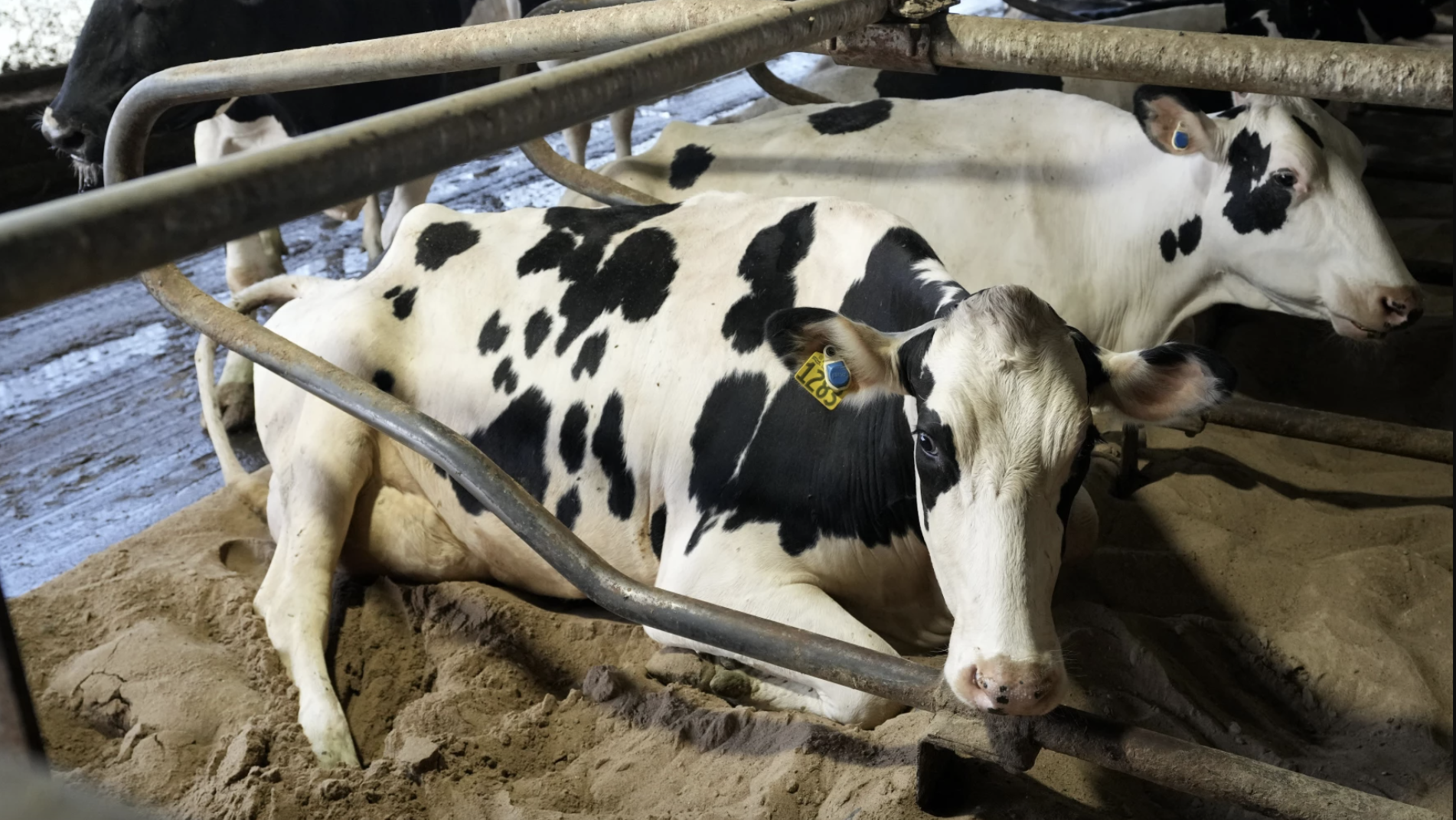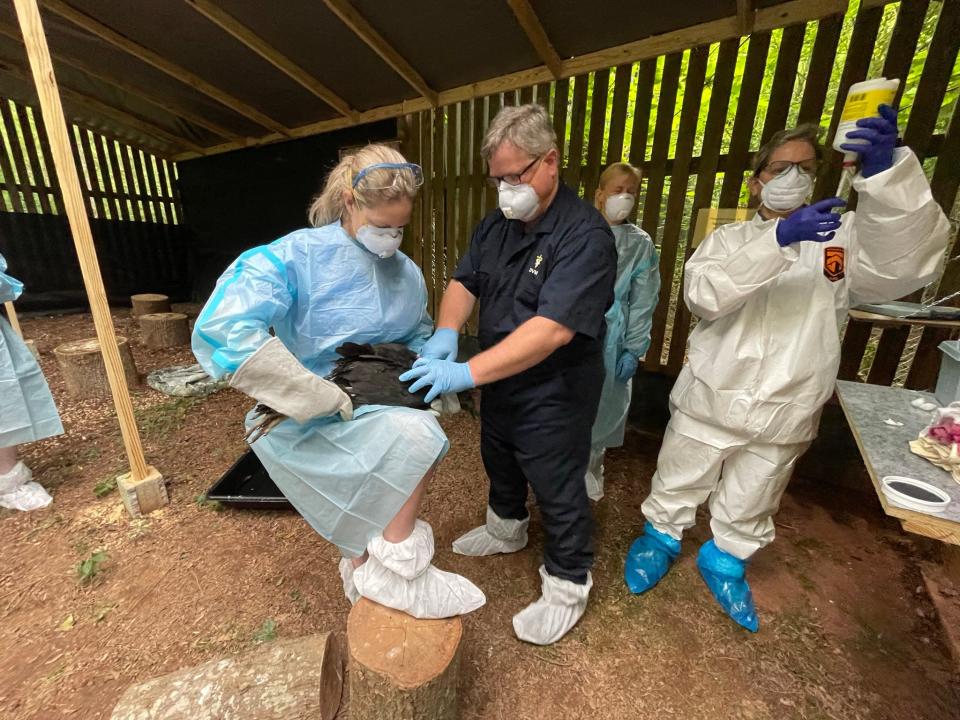
Bird flu, a highly contagious virus that primarily affects birds, has been spreading across the United States since March 2024. The virus has impacted various states including Michigan, Texas, and Kansas. According to reports from the USDA and multiple sources, over 100 dairy cattle herds in around a dozen states have been affected by bird flu.
The virus has also led to a decrease in milk production in Texas and Kansas. The first signs of impact were reported in March and April, as USDA data shows output slumped during these months for both states.
People and vehicles are believed to be contributing factors to the transmission of bird flu in Michigan, according to USDA reports. This is a concern as the virus can spread easily from contaminated surfaces or through direct contact with infected birds or animals.
Bird flu has been detected in various species including chickens, turkeys, and dairy cattle. Four people have tested positive for bird flu in the US, all of whom had interacted with infected birds or poultry.
Experts believe that there may be undetected cases among cows and humans due to limited availability of bird flu tests. Officials are urging farmers to take precautions and report any suspected cases to prevent further spread.
The H5N1 bird flu virus, which is highly pathogenic, was first detected in dairy cattle in Texas and Kansas. The virus has also been detected in over 80 million chickens, thousands of wild birds, and dozens of mammal species across six continents since its first detection in Europe and Asia in 2020.
Wild birds have been getting sick and dying in large groups with this current strain of bird flu. Climate change may play a role in the bird flu outbreak as warmer temperatures could alter transmission patterns or contribute to global pandemics.
Farmers are being advised to take protective measures such as biosecurity protocols, vaccinations, and testing to prevent the spread of bird flu among their livestock. The CDC and USDA are working together to monitor the situation closely and provide updates as more information becomes available.






